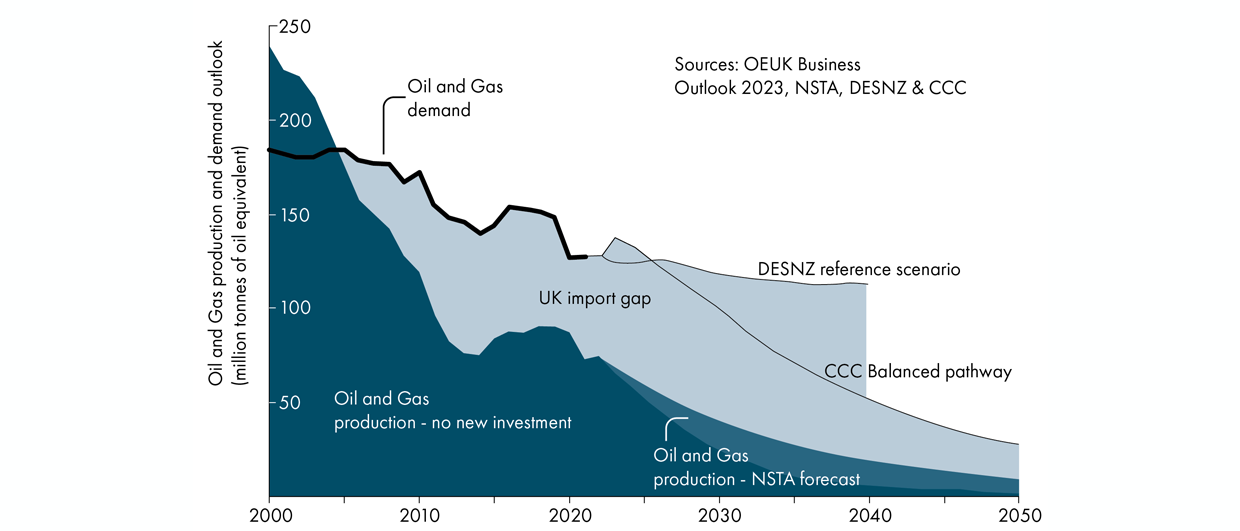“When Rough was under natural gas production and later as a gas storage facility, the geology was not considered to be particularly important ”, said Katharine Howell from Exceed during her recent Aberdeen Energy Talk. Katharine presented together with her colleague Heikki Jutila on the work they have done so far on repurposing the Rough Field from a natural gas store to a hydrogen store.
More complex reservoir
As gas could be easily injected and produced, the emphasis was placed on engineering challenges rather than the geology. The proposed change of use required a re-evaluation of the geology to investigate how the depositional and structural heterogeneities would impact different fluids. “The Rotliegend sandstone, which forms the reservoir unit in Rough, is the most common gas reservoir in the UK Southern North Sea and is characterised mostly by aeolian deposits”, explained Katharine. “The pre-existing depositional model for Rough, which dated back to the 1980’s, assumed that the field was also comprised of mostly homogenous aeolian deposits.” A re-evaluation of the core and well data suggested a very different picture though.
“Closer inspection of the cores showed that the reservoir was predominantly fluvial with only minor aeolian sands”, Katharine said. This change in depositional model suggested a much more complex distribution of reservoir properties, with a mix of poor-quality conglomerates, medium-quality fluvial sandstones and locally good-quality aeolian deposits.
Mixing
This new depositional model, combined with a fresh structural interpretation from seismic data, was used to create a 3D geological model that was used as a basis for simulating the dynamic behaviour of the reservoir when hydrogen is being injected and produced. During Heikki’s part of the talk, he showed the plan for Rough which initially included creating a gas cushion by injecting CO2 from the nearby Endurance project. The challenge of injecting CO2 and hydrogen into the reservoir is they tend to mix with increasing contact time. The dynamic modelling carried out so far has shown that this is an issue during the first cycles of hydrogen injection and production, increasing the risk that the stored CO2 will be reproduced. “This risk decreases as the number of cycles increases and reaches an acceptable level within 3 to 5 injection-withdrawal cycles”, explained Heikki.
The Rough study has shown the importance of understanding the fundamentals of geology with a back-to-basics approach when assessing the suitability of gas fields for alternative uses in the future.
The Rough gas field was put into production in 1975. Following the cessation of production in 1984, it was used as the UK’s largest gas storage site until 2017, after which some of the remaining cushion gas was produced as well. In recent years, Rough has again been used as a gas storage site, but with more limited capacity because of the lack of cushion gas support.





